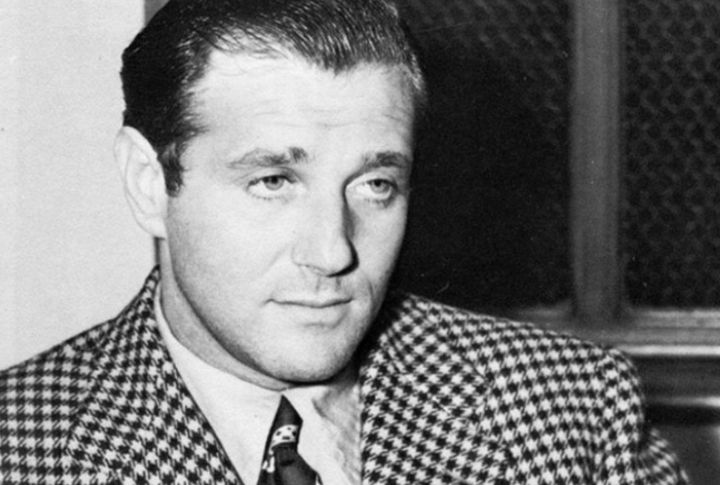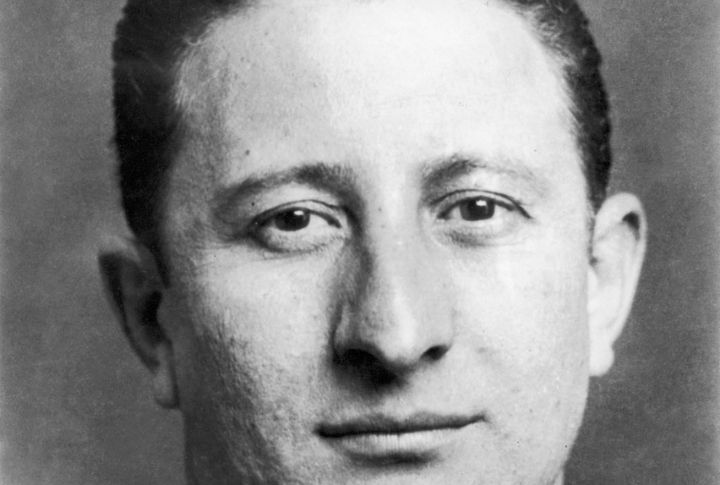
Behind the scenes of organized crime are figures who built complex networks through control and force. Their stories reflect the serious costs and effects of those choices. This article highlights the people who ran these operations and the marks they left on history.
Al Capone

During Prohibition, Chicago’s lawbreaker economy thrived under Capone’s violent leadership. He built a bootlegging empire worth $100 million annually. Despite multiple murders tied to his name, authorities finally convicted him of tax evasion in 1931, making him a symbolic takedown in organized offensive history.
Charles “Lucky” Luciano

Reshaping mob operations, Luciano introduced a nationwide syndicate governed by The Commission. This ended constant turf fights between families. Although convicted in 1936, he later helped U.S. intelligence during World War II, gaining early release and cementing his legacy as a strategic felon reformer.
Meyer Lansky

Banking offshore and investing in casinos, Lansky controlled mob money across continents. His clean-cut image masked deep ties. Unlike most major bosses, he escaped long-term prison, outwitted prosecutors, and passed away a free man, though the FBI believed he had millions stashed away overseas.
Pablo Escobar

Smuggling banned substances by plane, truck, and submarine, Escobar dominated the U.S. drug market in the 1980s. He also served in Colombia’s Congress before being taken down by police in 1993 after years on the run. At one point, his cartel earned $420 million weekly.
John Gotti

Bold hits and courtroom wins gave Gotti folk-hero status. After eliminating boss Paul Castellano, he styled himself publicly and dodged charges through jury tampering. Eventually, underboss Sammy Gravano’s testimony exposed his empire, ending Gotti’s reign with a 1992 conviction and life imprisonment.
Vito Genovese

After years in exile, Genovese returned from Italy to command New York’s strongest Mafia family. He expanded operations and coordinated the 1957 Apalachin summit. That meeting’s exposure triggered national crackdowns, and Genovese later died in prison while serving a 15-year sentence for narcotics charges.
Whitey Bulger

Captured in 2011 after 16 years in hiding, he was murdered in prison within 24 hours of transfer. From Boston’s underworld to the FBI’s Most Wanted list, Bulger manipulated both felons and federal agents. His alliance with corrupt agents enabled decades of control.
Sam Giancana

Ties to the CIA, rumored influence on JFK’s election, and Las Vegas ventures placed Giancana at the nexus of felony and politics. His secretive dealings raised alarm, especially before his 1975 Congressional testimony. Later, he was found dead with multiple gunshot wounds.
Bugsy Siegel

Las Vegas’s transformation into a gambling mecca began with Siegel’s Flamingo Hotel. However, mismanagement of funds and suspicions of skimming led to his elimination in 1947, marking one of the most publicized organized murders. An enforcer turned visionary, he helped expand mob influence westward.
Carlo Gambino

Known for low visibility and high influence, Gambino spent decades building a tightly controlled empire. He avoided indictments through careful delegation and political connections. Unlike many peers, he passed away peacefully in 1976, having reshaped the Mafia without ever becoming a media spectacle.

